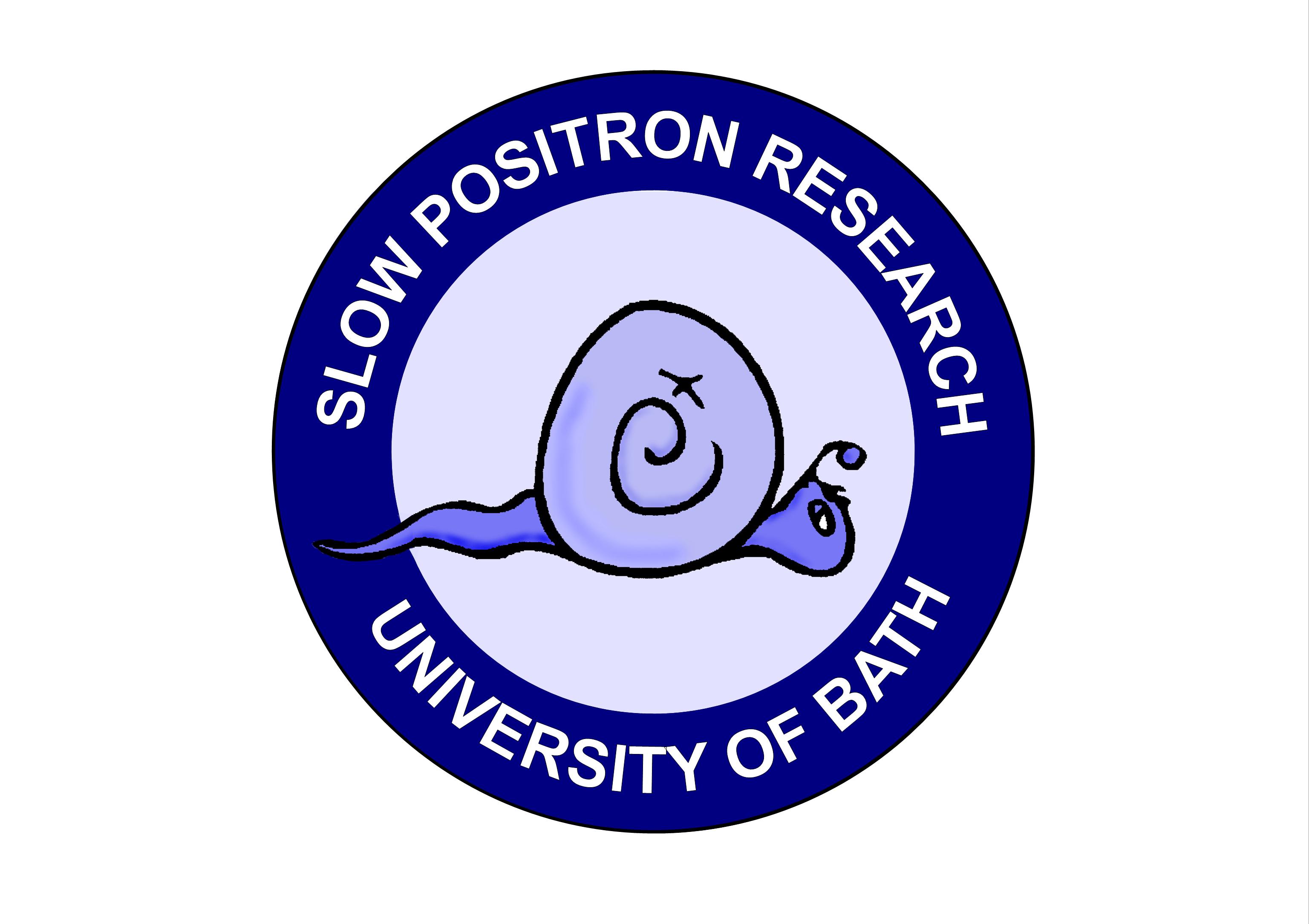|
|
|
|
|
|
|
|
||
|
|
Characterisation of the Physical, Chemical and Electronic Properties of Solids on the Nanometre Scale |
|
|
|
** Please note:
Professor Coleman retired on January 31st 2014 and will no
longer be prosecuting the research described below.** Introduction |
|
Almost thirty years ago the first laboratory-based slow
positron beams were developed and used to study simple positron-atom
interactions. Beam intensities of less than one particle per second were
common, and novel techniques were developed to cope with the resultant low
signal-to-background ratios. Since those early days beam intensities have
climbed steadily by seven orders of magnitude, and there are plans to produce
intense beams of 1010 positrons per second. This startling
increase in intensity has allowed the application of positron beams in a wide
variety of fields, both fundamental and applied. Beams can now be produced
with characteristics comparable to, if not better than, standard electron
beams, but problems associated with their low relative intensity ensure that
innovative and imaginative techniques to this day remain a feature of
positron beam experimentation. At the University of Bath the positron laboratory is equipped with two magnetic-transport positron beam systems for depth profiling the structural, chemical and electronic properties of materials from the surface to depths of a few micrometres, and a project beam system for the study of fundamental positron-atom collision phenomena. Our research has also included positron surface science (including positron microscopy) and the development of a compact positron system for industrial applications. In recent years our attention has turn to spin-polarised positron beam spectroscopy and the study of ice films. The Bath positron group is headed by Professor Paul Coleman, who started constructing his first laboratory-based positron beam in 1969. Since that time he has performed experimental positron research in atomic physics and in the physics of surfaces, thin films and interfaces. Currently working with Prof. Coleman are Dr Sam Townrow and Charlene Edwardson. Profiles of the group and its research interests are to be found by selecting topics on the left. |
|
A recent review of positron depth profiling can be found here |
|
|
|
Take a virtual Tour of the Lab View a low resolution panorama of our laboratory here
|
|
|
|
Links Table Top Positron Groups Links to other groups using positrons around the world; please note that this list of email addresses was last updated in 2002 and thus some may be out-of-date. |
|
General and specific information on all aspects of current
activity in the field of positron annihilation can be found at PositronAnnihilation.net,
originated by the positron group at the |
|
|
|
Book " Positron Beams and their applications" edited by Paul Coleman. Click here for details |
Feedback to this pages appearing in this window can be sent to p.g.coleman@bath.ac.uk

